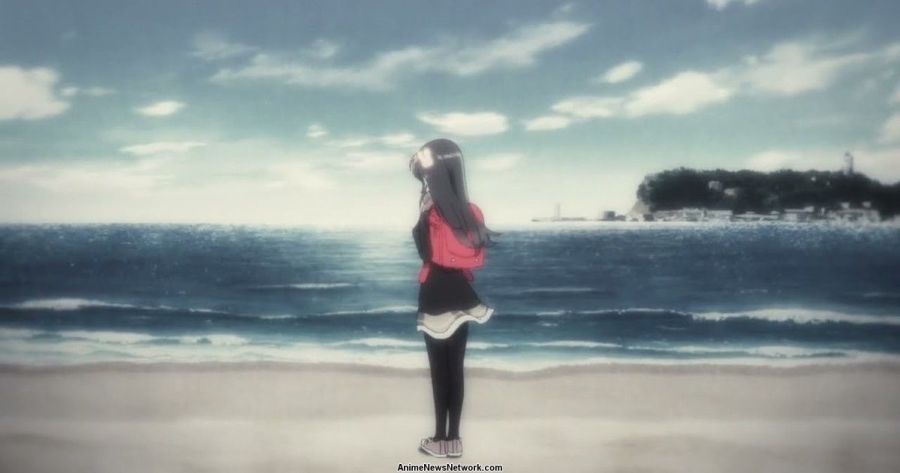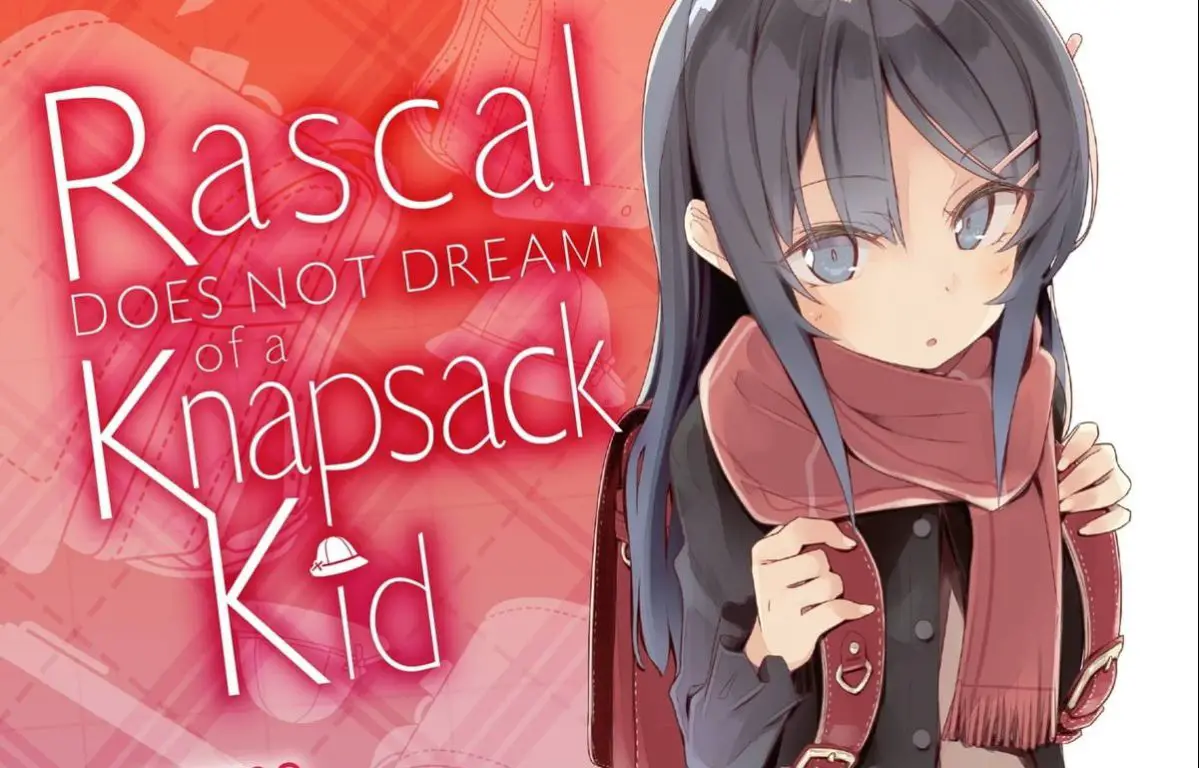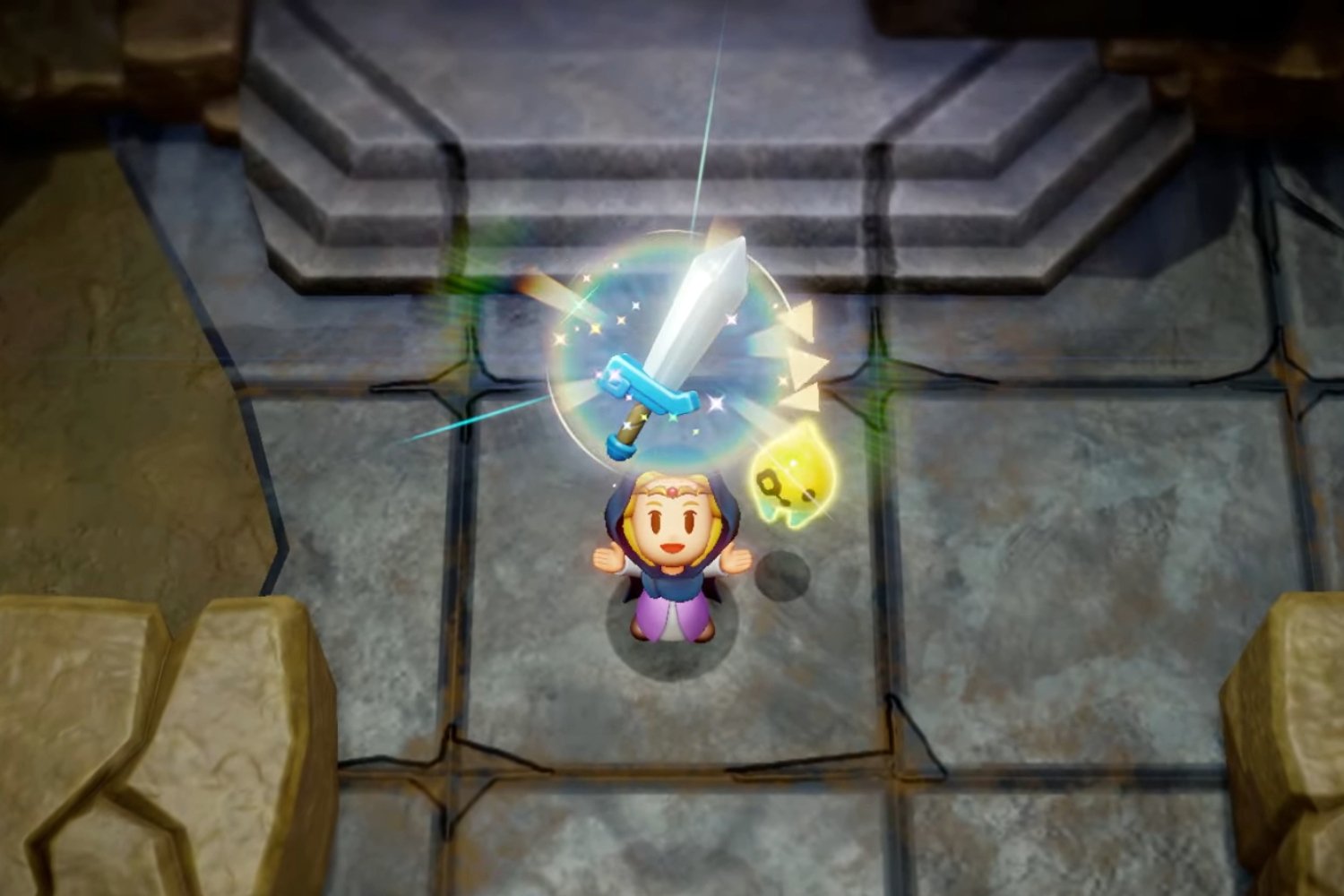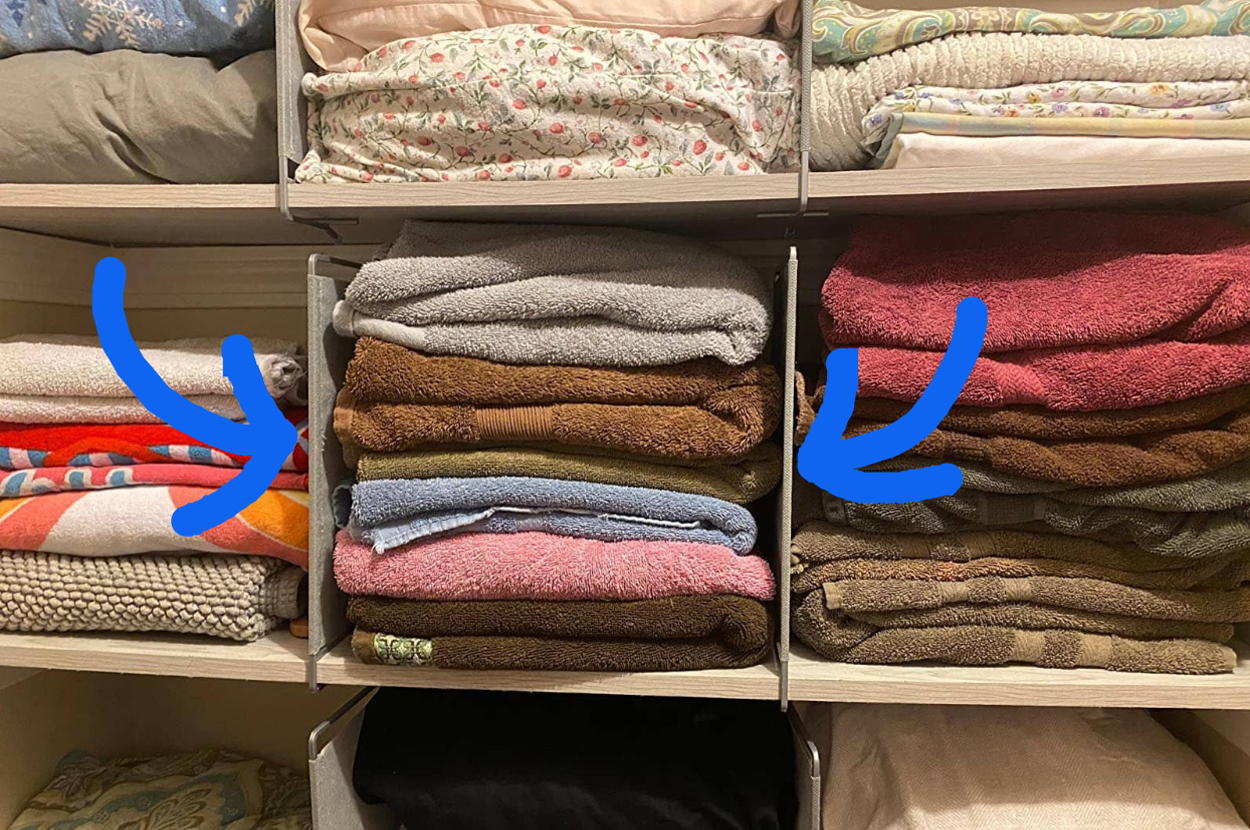Last year was an exciting year to be a Rascal Does Not Dream fan, with the announcement of a new anime project adapting the eighth and ninth volumes in the series, as well as the Japanese release of the latest volume—two years after the previous one! Not to mention the English release of the eighth volume, which we reviewed in conversation several months ago.
Today, we continue the tradition by bringing you a conversation-style review of the ninth volume from Hajime Kamoshida: Rascal Does Not Dream of a Knapsack Kid. Adolescent Syndrome is back and this time, it comes in the form of an elementary school kid who looks suspiciously like Mai… Besides that, Sakuta’s mother asks for a family reunion almost two years after the incident with Kaede split the parents from their children. Sounds exciting! But family dynamics are never that simple, and soon enough, Sakuta finds himself wrestling with how to forgive and find healing from the pain of their absence that still lingers.
It’s a lovely volume, with a story that’s delicate and reflective—as we’ve come to expect from the Rascal series—but surprisingly deliberate and deep as well. Give it a read if you haven’t yet! Or else beware of spoilers ahead…
Without further ado, let’s dive into Knapsack Kid!
sleepminusminus: I’m going to go out on a limb and say that Knapsack Kid is my favorite volume in this series. Part of it is that this is the volume where Sakuta faces the fact that he’s almost an adult now, something I’m going to have to do once I graduate college and can’t pretend I’m a young, spry student any longer.
But this volume also excels in intentional, subtle storytelling. Case in point: at the beginning of the book, when young Mai appears, Kamoshida is careful not to say too much about her identity. Instead, she exchanges some short words with Sakuta and then leaves, intentionally creating a sense of anticipation for her return later in the book. Another example: when Mai’s mother comes to congratulate her daughter on graduating, rather than telling us directly that Mai is trying to reconcile with her, Kamoshida reveals it subtly through Mai’s earnest demeanor and an ensuing conversation with Sakuta. That conversation allows Mai to talk about her relationship with her mom and family dynamics, ideas that find parallels in Sakuta’s later interactions with his family.
Kamoshida skillfully lays the groundwork for the entire book in its opening pages. And that’s part of what gives this volume such a quiet, gentle tone, just like the previous volume, even though there’s more packed in this time around.
Twwk: I agree. Although the use of Adolescent Syndrome as a plot device once again thrusts the series into the realm of the fantastical, this volume still feels more grounded than earlier ones. I think that’s because the novel is centered on a story that most of us can relate to in some way. You don’t have to be a second fiddle sister, the victim of severe bullying, or even, as you mention, a student on the verge of entering the “real world” to identify with Mai and Sakuta here. Simply having struggled in a close relationship and not knowing how to resolve things is enough for this volume to hit hard.
I thought it was clever for Kamoshida to begin the narrative with Mai’s path forward with her mother. It certainly sets the stage for Sakuta’s journey, but I feel that it’s perhaps also emblematic of the author’s own growth as a writer. I’ve complained over and over about how contrived many of the volumes have been, and although this volume is not completely free of convenient plot devices (e.g. “I won’t ask Shouko, who probably knows the reason for this volume’s Adolescent Syndrome, because angst”), there’s surprising subtlety here too.
Knapsack Kid featured so many storylines I didn’t expect from a series that has engaged me from a heart level more than a head level, and which often hits the right emotional tones while yet leaving me rolling my eyes at how elementary the writing is. But several plot elements here—from Sakuta being at the center of the volume, to his mother coming back into the picture and the possibility of his family being made whole again, to the fact that the visible, unusual, and practically unbelievable absence of his mother was openly addressed—saw Knapsack Kid prove itself over and over again to be a more serious and tightly-knit work than past volumes. Much like its characters, the series itself seems to be growing up.

sleepminusminus: Yes! One of the themes I appreciated most was how Kamoshida shows our need for forgiveness. We see this early on with Mai committing to forgive her mother. But Mai’s forgiveness is more dutiful than it is heartfelt, which raises all kinds of questions about the nature of forgiveness. It also leads to the more immediate question: “Can Sakuta forgive his mother?” He clearly wants to forgive her and takes steps toward doing so: when she asks to meet with Sakuta and Kaede, they jump at the opportunity.
Yet Sakuta doesn’t realize how deeply his mother’s absence has hurt him. It’s such a deep wound that, in classic Adolescence Syndrome fashion, it makes Sakuta disappear altogether. Kamoshida’s logic is this: if Sakuta can’t forgive his mother, he’s shutting the door on their relationship, cutting himself off from the person who brought him into the world. We might disagree with that logic, but the point is this: forgiveness isn’t something Sakuta can afford to take lightly. It’s a matter that is vital to his very existence. He desperately needs to forgive.
You see, all this time, Sakuta has shut away his guilt and regret about his relationship with his parents—if you can even call it a relationship! Ever since Kaede’s Adolescence Syndrome in middle school and its effects on his mother, Sakuta had to learn how to foot the bills for himself and Kaede without his parents’ financial or emotional support. All this time, he’s been in survival mode, ignoring the wounds of his parents’ neglect and suppressing his longing for a loving family. But he can’t keep running forever—he needs to turn around, face his hurt and bitterness, forgive his mother, and begin the work of reconciliation.
That’s a message we need to hear, especially in our present moment. On the one hand, we have an abundance of flowery Bible verse art reminding us of the power of forgiveness, and on the other hand, we harbor so much division in our hearts and communities. We pass by so many opportunities to live out forgiveness in a tangible way, in places where it hurts the most. We love the idea of forgiveness but scorn the actual act. It’s true that forgiving others is never easy, comfortable, or even desirable. It always comes at a cost. But the life that comes after forgiveness is more beautiful, complete, and satisfying than one spent in judgment and resentment, locking up our hurt and tossing away the key.
Twwk: Sakuta is like a damaged boiler that gives warmth to everyone around it, but is headed toward an explosion. He works and works and works for the benefit of everyone around him until he explodes. He ignores his own feelings until it’s too late. I would definitely say that I’m somewhat like Sakuta in that regard, and I think a lot of people could say the same. But part of adulthood is to be vulnerable enough to work through the hurt and weaknesses as they come up, rather than pushing them down and hoping they’ll go away, which they never do. Sakuta stored all that hurt away, in part because he had to wait for his mom to get to the point where she was willing to see Kaede again, but also as a defense mechanism. Adolescent Syndrome now gives him the opportunity to grow out of adolescence and face his challenges like an adult.
Isn’t it interesting that Adolescent Syndrome, as troubling as it is, pushes the characters to grow? To become whole? In this volume, Mai has graduated and Sakuta is now a senior, diligently studying so that he can gain admittance into the same university as her. He’s also set Kaede on the path she needs to be on. He takes care of the household. He holds down a job. In short, Sakuta is transitioning into adulthood. But the one thing he’s lacking is a restored relationship with his mom.
sleepminusminus: It is interesting! It’s also ironic because Sakuta plays a role in this volume usually reserved for the “heroines” of the series. This time he’s the one who struggles with Adolescence Syndrome, as well as the one who receives help and support from others. I love how his Syndrome involves being invisible to the world, just as Mai’s did at the beginning of the series. Their roles have been flipped, and Mai stays by Sakuta’s side, comforting him, lending him an ear, and being present as he begins to face himself.
As you said, being an adult means being vulnerable enough to uncover those wounds that fester in the deepest parts of ourselves so that we can begin the process of healing. There’s pain involved, but there’s also fulfillment in treasuring little moments of growth, anticipating better things to come, and walking alongside friends who support us on the journey. I appreciated how this novel portrays this complexity, painting a realistic picture of what it looks like for our beloved characters to grow beyond their teenage selves.
With that said, I’m anxious that the upcoming movies won’t capture the complexity that makes these novels so good. The Dreaming Girl movie suffered in this way, as you mentioned in your review, Twwk. True, that was partly because of the source material, and partly because the film rushed through the content at the expense of subtlety, leaving the characters’ motivations out of the picture. Thankfully, Venturing Out and this book are being adapted in separate movies, so there’s plenty of runtime to work with. Here’s hoping the adaptation does justice to the richness that this volume has to offer.
Twwk: I’m optimistic that the Knapsack Kid film will get it right. We keep pointing toward the subtleties in the book, but actually, it’s a relatively straightforward text with a very clear outline of events, characters we already know and love, and as you mentioned, plenty of run time (presumably) to cover one short light novel. I’m excited for it to make it to screen—and for more of the Rascal Does Not Dream series generally, as we move into the next stage of Sakuta and Mai’s lives, relationship, and story: Bunny Girl Senpai and Wisemouth Kohai in college, all grown up.

And that concludes our review! What did you think about the latest Rascal volume? Excited for the upcoming anime project, or worried that it won’t live up to the hype? Let us know what you think in the comments.
Rascal Does Not Dream of a Knapsack Kid is published by Yen Press.
READ: Rascal Does Not Dream reviews Vol. 1 // Vol. 2 // Vol. 3 // Vol. 4 // Vol. 5 // Vol. 6 // Vol. 7 // Vol. 8
Related
Source link











Leave a Reply